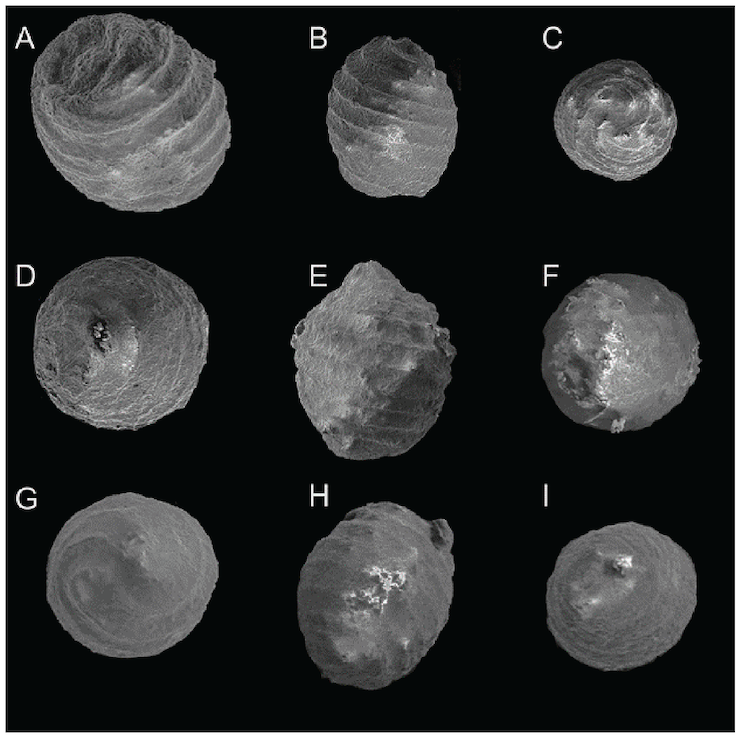 Jonathan Warnock and colleagues analyzed ancient fossil algae, known as charophytes, to understand one of the most well-known and confusing deposits of dinosaur bone known to science. The Cleveland-Lloyd Dinosaur Quarry, found within Jurassic National Monument, is a Late Jurassic bonebed in central Utah dominated by the predator Allosaurus. The processes that lead to the formation of the deposit, and the ecosystem it represents, have been debated for 100 years.
Jonathan Warnock and colleagues analyzed ancient fossil algae, known as charophytes, to understand one of the most well-known and confusing deposits of dinosaur bone known to science. The Cleveland-Lloyd Dinosaur Quarry, found within Jurassic National Monument, is a Late Jurassic bonebed in central Utah dominated by the predator Allosaurus. The processes that lead to the formation of the deposit, and the ecosystem it represents, have been debated for 100 years.
Using variability in algae species as well as the "health" of the algae throughout the deposit, the team was better able to understand the ecosystem represented by the quarry in their publication, titled "A Review of charophytes of the Cleveland-Lloyd Dinosaur Quarry at Jurassic National Monument in the upper part of the Morrison Formation (Late Jurassic), Emery County, Utah, USA."
The algae species reveal a wetland ecosystem typical of other Late Jurassic deposits in the western US. However, the algae in the lower portions of the bonebed were found to be poorly formed and frequently damaged, while those higher in the deposit appeared typical and healthy. This reveals an unhospitable, frequently dry, ecosystem in the lower deposit where most of the bones are found, and a typical well-hydrated wetland in the upper portions of the deposit.
This new data helps researchers to place the deposit in the context of the greater Jurassic ecosystem of the American West. This paper includes two undergraduate coauthors from the University of Wisconsin–Oshkosh.
Full Reference
Peterson , J., Warnock , J., Coenen , J., Bills , C., and Denoto , M., 2022, A Review of charophytes of the Cleveland-Lloyd Dinosaur Quarry at Jurassic National Monument in the upper part of the Morrison Formation (Late Jurassic), Emery County, Utah, USA: Geology of the Intermountain West, v. 9, p. 39-47., doi: 10.31711/giw.v9.pp39-47.